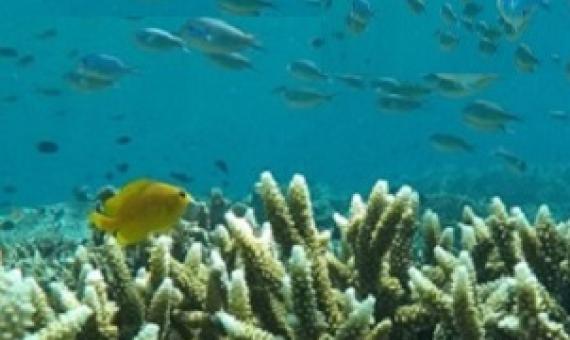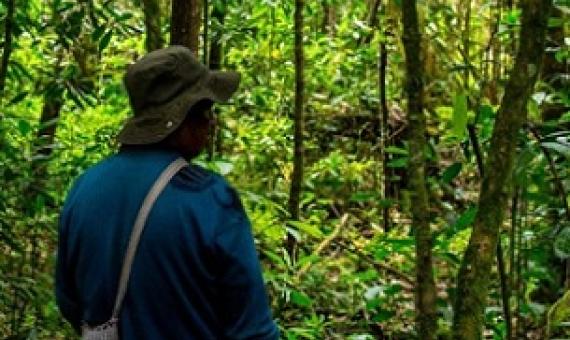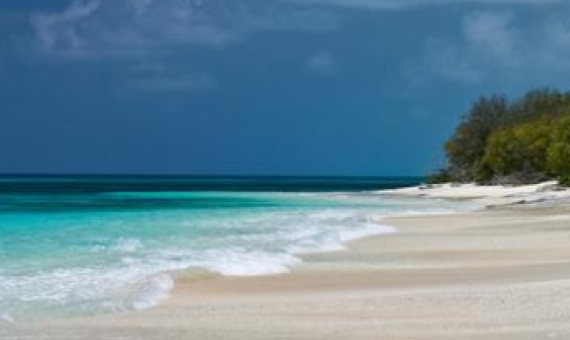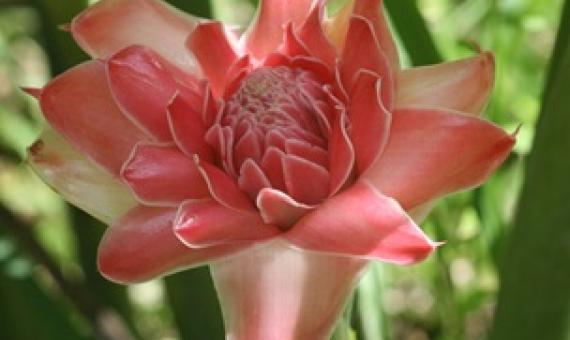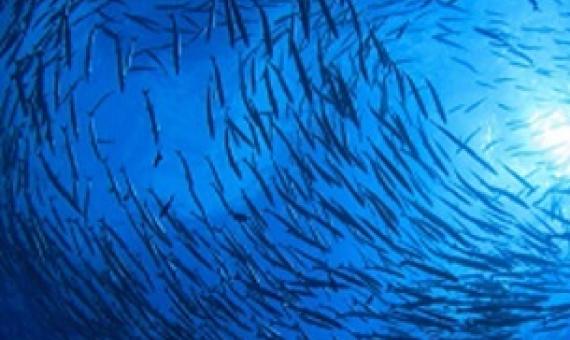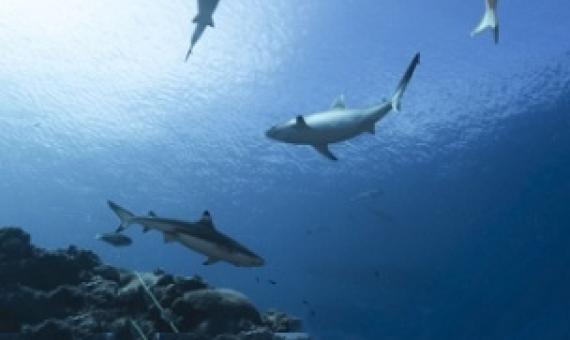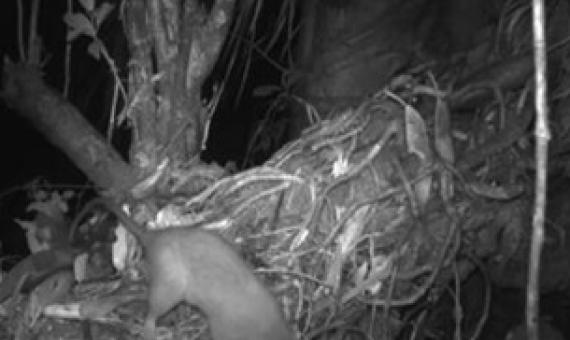Monitoring Coastal Ecosystems, Pacific BioScapes Programme - Tonga
The Pacific BioScapes Programme is supporting local community monitoring of coastal ecosystem resilience on the islands of Maninita, Taula, Fangasito, Fonua’one’one, Mu’omu’a and Fua’amotu in the Vava’u group. This aims to assess the benefits for biodiversity that occur following the eradication of invasive species.Call Number: [EL]Physical Description: 1 p.

